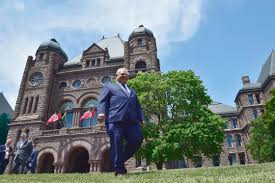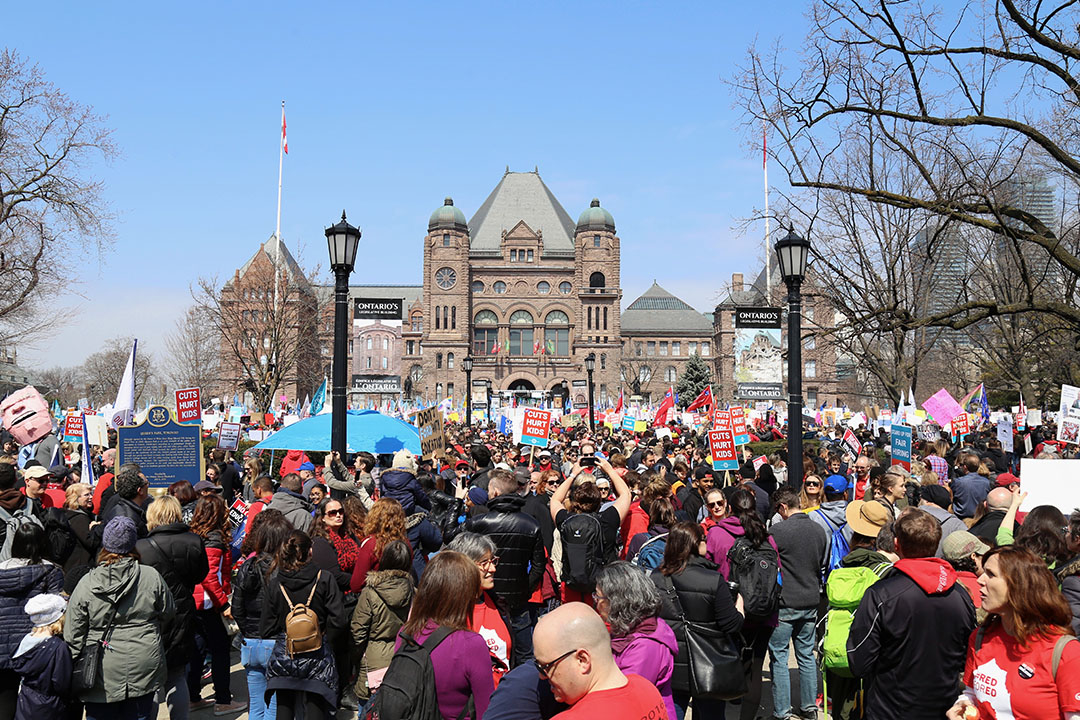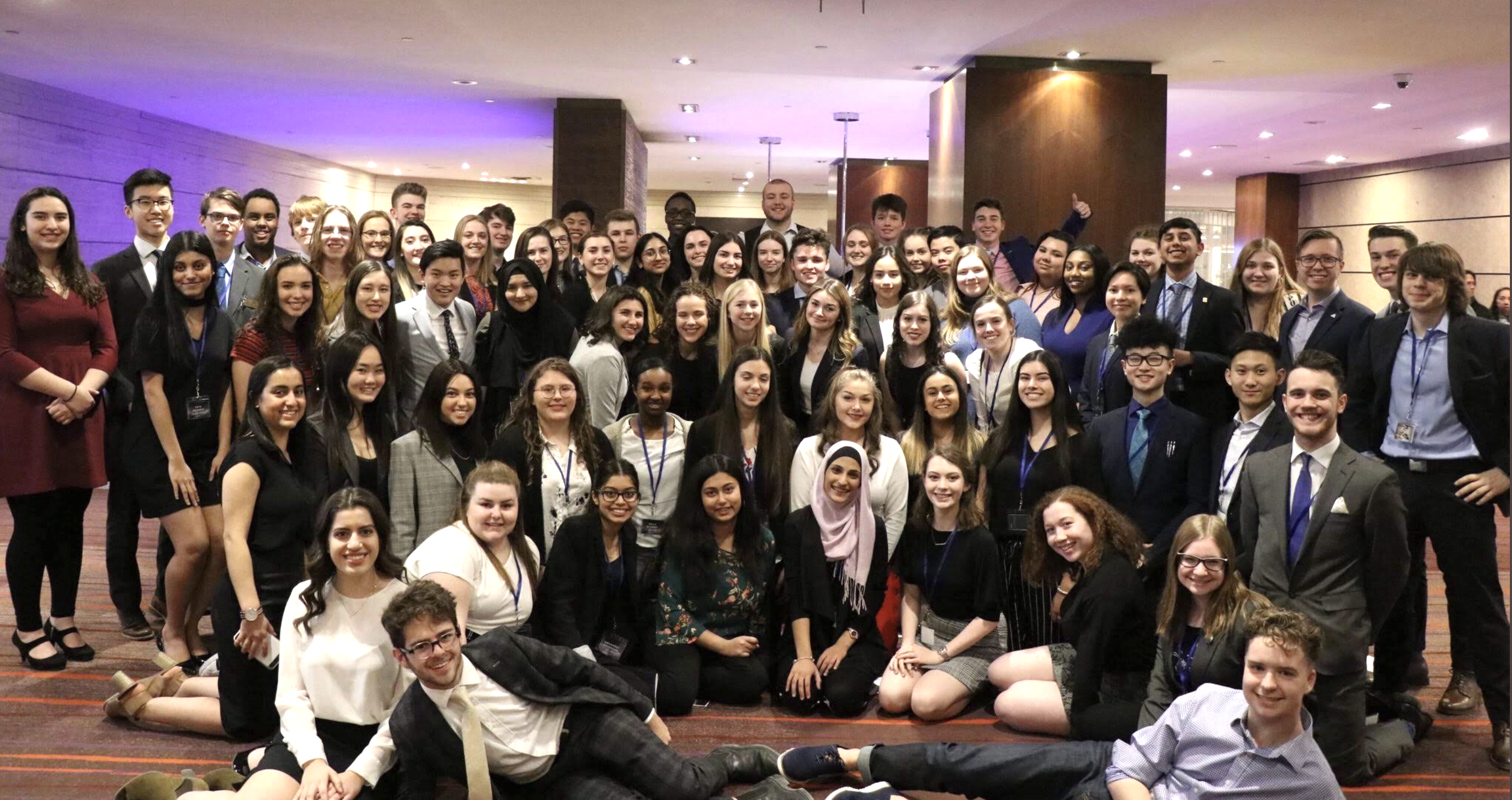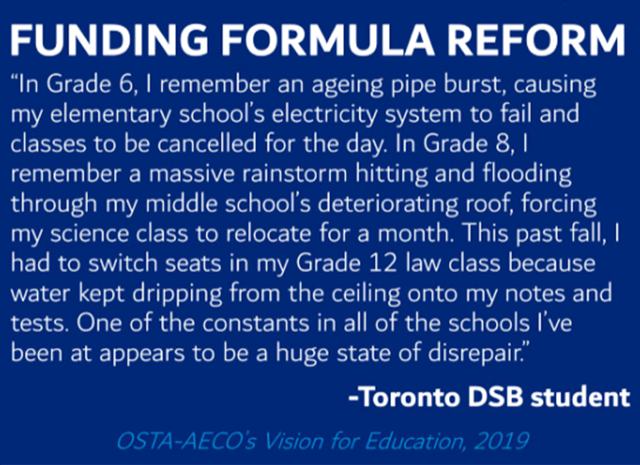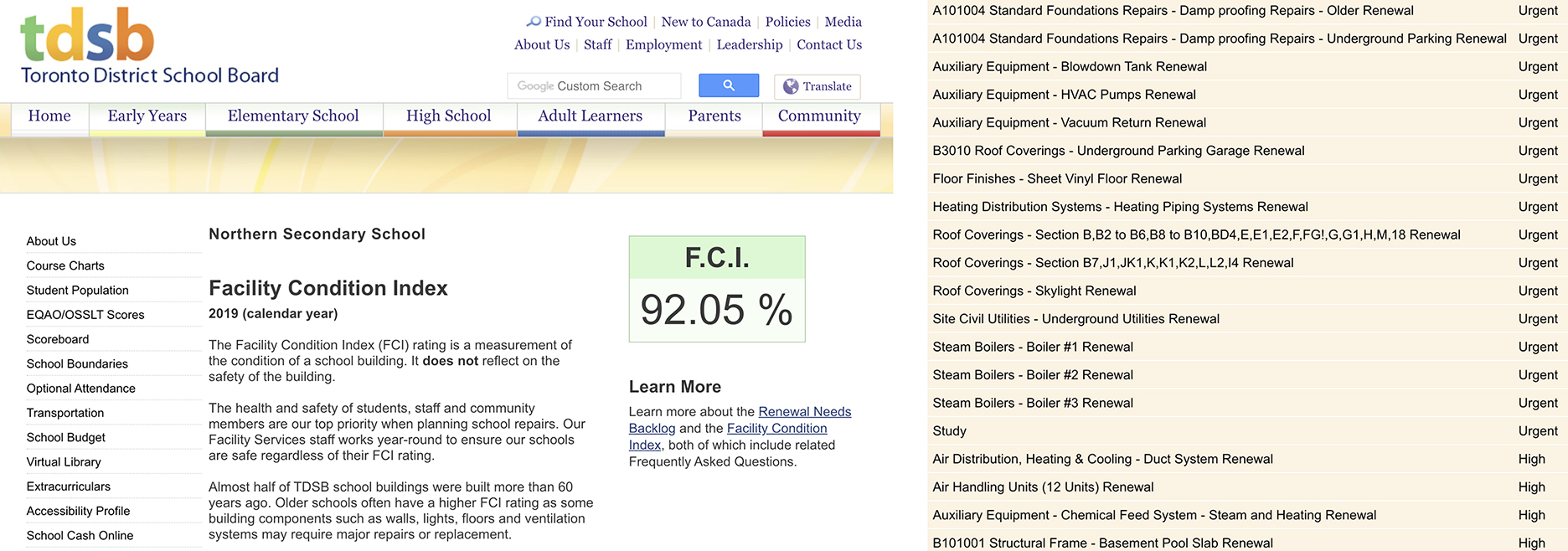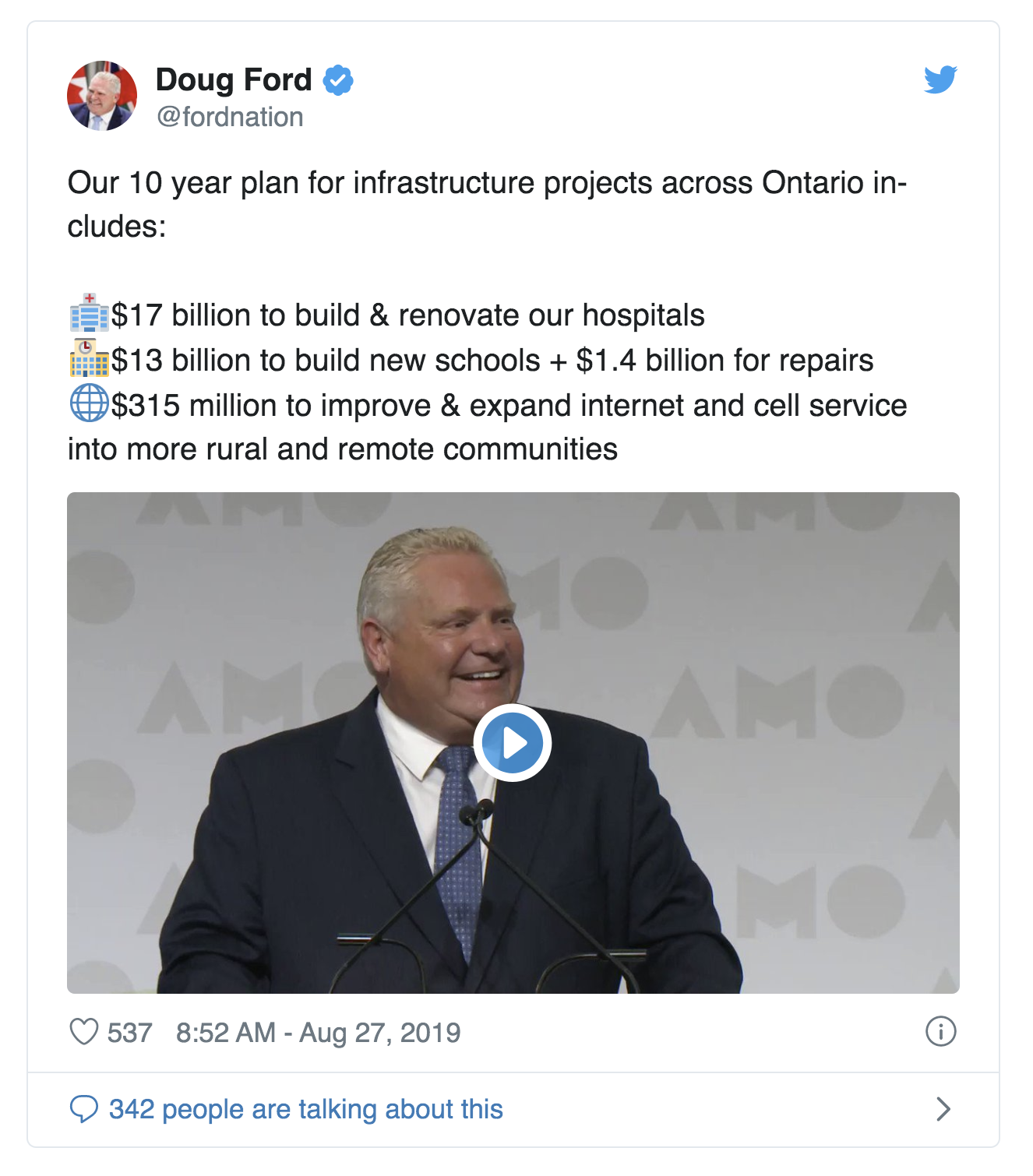22 years of chronic and gross provincial underfunding of school buildings is taking its toll.
The next time @Sflecce trumpets his government's funding of education, remember that the province will only kick in $292 million in 2019-20 to the $3.5 billion in repairs needed in TDSB schools. #cutshurtkids #NoCutsToEducation #onpoli https://t.co/WycoHjaMH3
— Katrina Miller (@katrinacecile) February 4, 2020
1) Etobicoke Year Round Alternative Centre in MPP Hogarth’s riding of Etobicoke-Lakeshore
2) Oakdale Park Middle School in MPP Rakocevic’s riding of Humber River-Black Creek
3) Amesbury Middle School in MPP Hassan’s riding of York South-Weston
4) Winona Drive Senior Public School in MPP Andrew’s riding of Toronto-St. Paul’s
5) Charles G. Fraser Junior School in MPP Glover’s riding of Spadina-Fort York
6) Ryerson Community School in MPP Glover’s riding of Spadina-Fort York
7) Montrose Junior Public School in MPP Bell’s riding of University-Rosedale
8) Winchester Junior and Senior Public School in MPP Morrison’s riding of Toronto-Centre
9) Blythwood Junior Public School in MPP Wynne’s riding of Don Valley West
10) Eastdale Collegiate Institute in MPP Tabuns’ riding of Toronto Danforth
11) Glen Ames Senior Public School in MPP Berns-McGown riding of Beaches-East York
12) Secord Public School in MPP Berns-McGown riding of Beaches-East York
13) Vradenburg Junior Public School in MPP Babikian’s riding of Scarborough-Agincourt
14) Timberbank Junior Public School in MPP Babikian’s riding of Scarborough-Agincourt
Fix Our Schools believes that all Ontario children deserve to attend school in a safe, healthy, and well-maintained building. We encourage Toronto parents in these communities to contact their local MPP as well as Education Minister Stephen Lecce (stephen.lecce@pc.ola.org)and Premier Ford (use both his constituency email: Doug.fordco@pc.ola.org AND his premier email: premier@ontario.ca) to let them know the state of these schools is unacceptable and that you expect adequate and stable funding to be provided to school boards to be able to ensure all their schools are, indeed, safe, healthy and well-maintained buildings.




